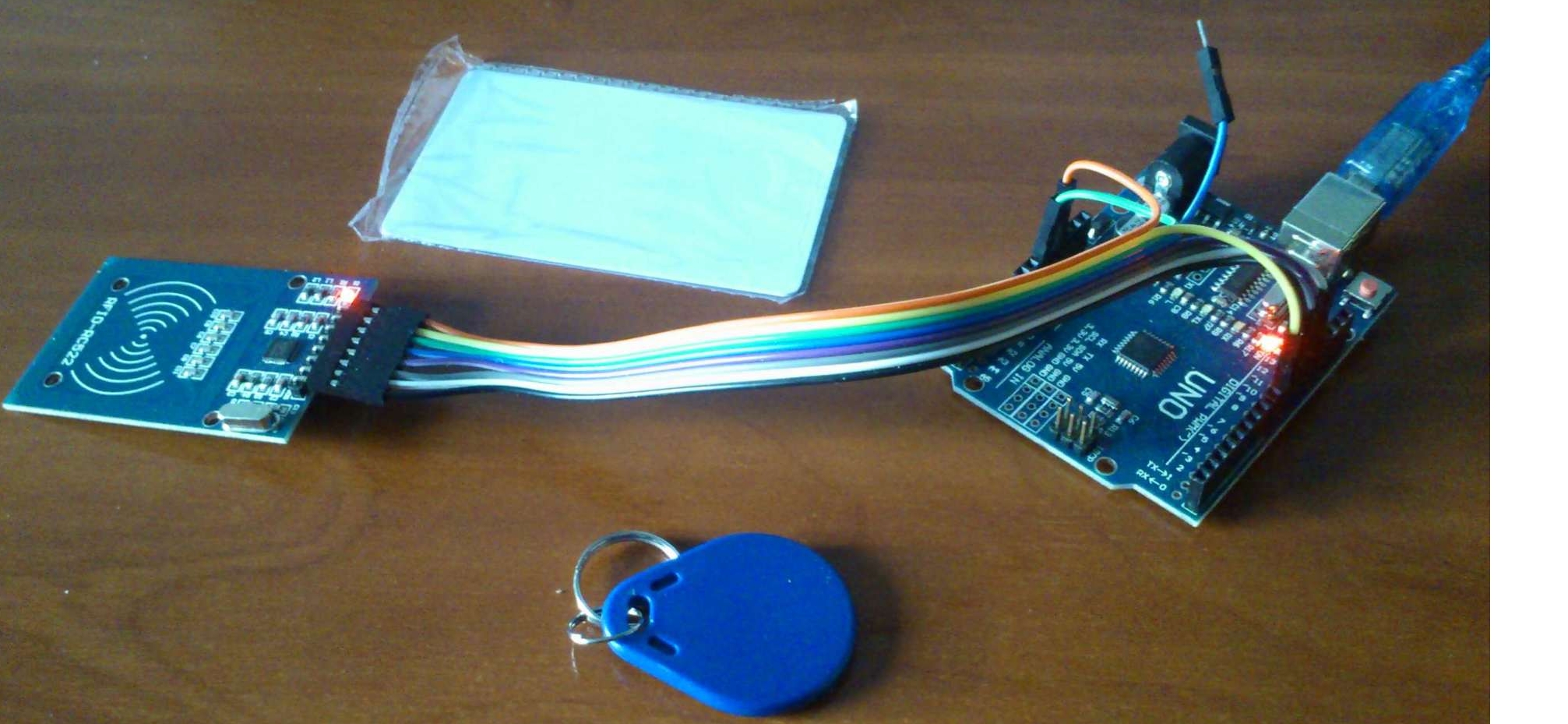Here are a few examples of conversions and operations you might need, along with links to documentation where you can learn more.
At the time I wrote this, Eastern Daylight Time was in effect for my Caché system.
How Caché keeps the time and date
Caché has a simple time format, with a longer range of recognized dates compared to some other technologies.
The current time is maintained in a special variable $HOROLOG ($H):


 In the
In the 


 but wait till the next one... ]
but wait till the next one... ]